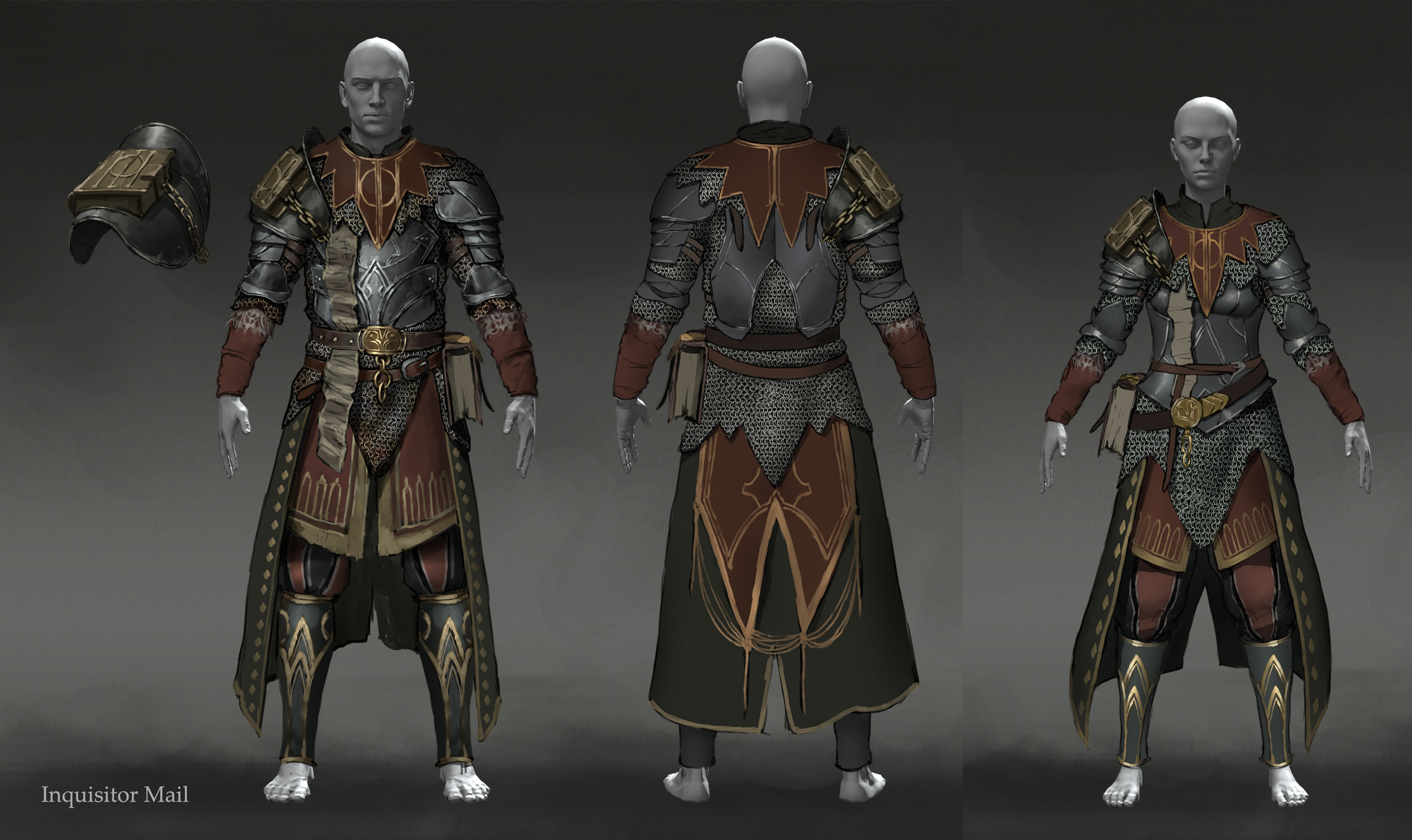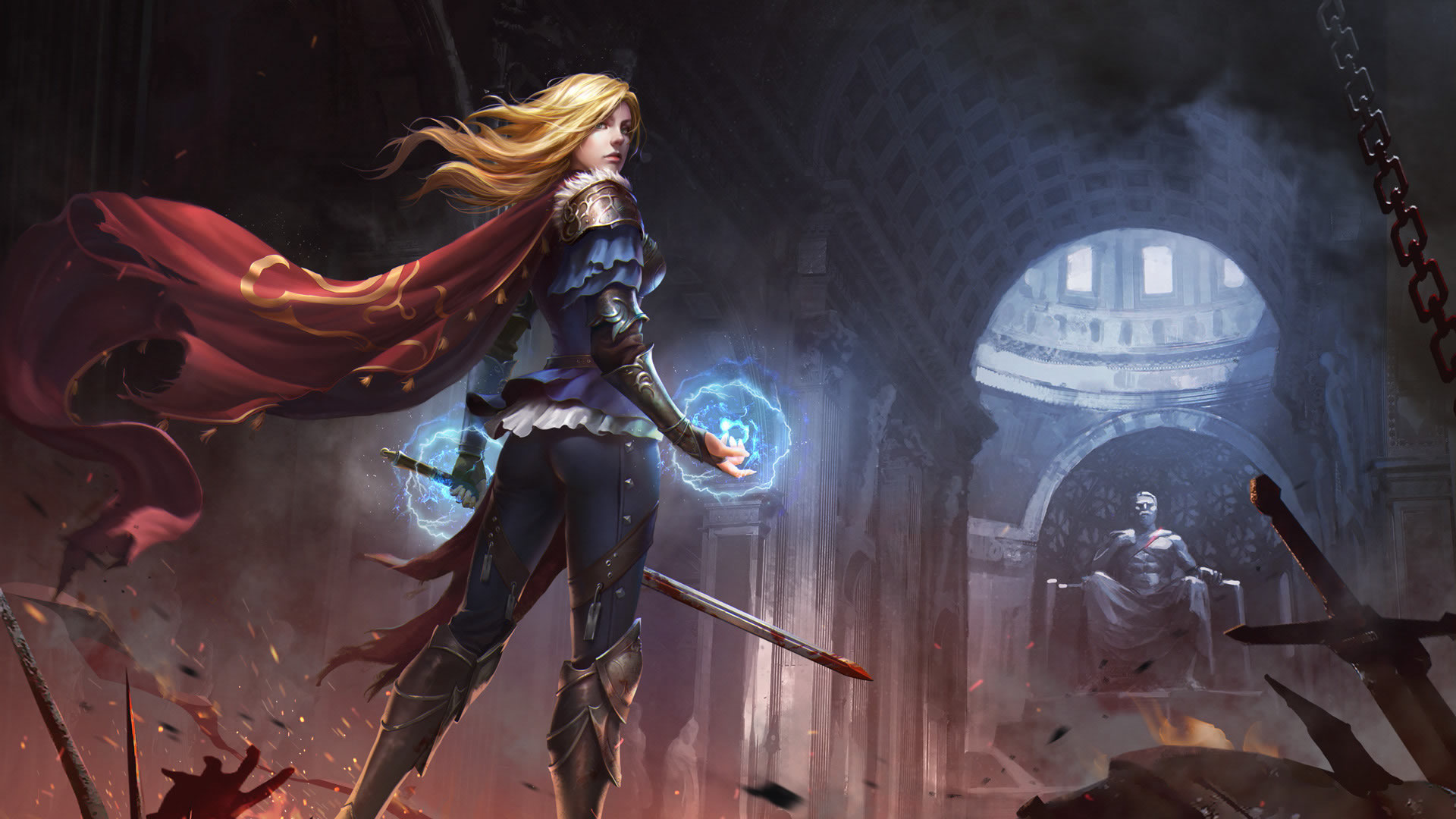

Simply stated, embodiment means having a body. It is about weaving the fabric of interaction to include not just the digital realm with its windows, icons, and menus but also the physical world where things can be touched, grabbed, turned, held, and otherwise manipulated using noncognitive senses. This ideation technique is about bringing physicality and embodiment into design. Referring to real direct physical interaction with real physical (hardware) devices like in the grasping and moving of knobs and levers ( Section 30.3.2.4). All of this is the perfect cross-channel mapping from one device to another that connects customer needs to store services. As the item is put in the cart, it will be checked off the shopping list and a running total of the cost can be updated, using cost information obtained via the UPC bar code. The GPS will treat each item on your shopping list as a “destination,” dropping “pins” for your items on the store map and ordering the list so that each item can be found in a single pass through the aisles of the store.Īs the cart approaches a store location containing an item on the shopping list, the cart display will indicate where to look to pick it up. The GPS display shows where the cart is within the store and it knows the “addresses” of each item on the shopping list. In our pseudo-GPS app, the screen on the SmartKart shows a map of the internal layout of the store, showing aisles as “roads” on which to “drive” the cart. Now we have what we need for matching cart location to the location of products on the shopping list. So this introduces into the store information architecture a key new information object: the current location of each cart.Ĭart ability to find a product. The in-store location system won’t be a real GPS, however, but will be implemented via some kind of locating network strung (perhaps in the ceiling) along each aisle.

This could be accomplished by shelf-to-cart wireless communication, but perhaps a more flexible solution is a capability within the cart processor somewhat analogous to a localized GPS system and an internal map of the store. The next capability we need is obvious: The cart has to know where it is within the store. With these critical ecological design innovations, the act of moving the cart through the store can be mapped to moving the cart through items on the shopping list-almost.Ĭart awareness of its location in store. Also, if the layout no longer has to be constrained by how customers find things in the store, it opens the door to innovative and dramatically different store layouts. First, sales associates on the floor no longer have to help customers find things. 217) say in their grocery store example, that a product-location system will be liberating to the store. Shelf-awareness of products offers a bonus-a continuous capability for keeping inventory information accurately up to date, eliminating the expensive, inconvenient, and labor-intensive hassle of periodic store inventories.Īnother potential benefit to the store is, as Resmini and Rosati (2011, p. In addition, of course, the shelves must now be able to communicate (via the special Wi-Fi) what they know to carts and to the store database system. Awareness by the shelves of their contents will provide us with the necessary accurate product location information, even if there are errors in stocking.
#Path of exile designer code
Perhaps something involving RFID sensors and/or bar code scanners built into the shelves. But we can do better if somehow the shelves themselves are embodied physical devices that know something about the products they contain. SmartKart browsing (sensing products as you pass them in the aisles) could be enough to help the user find things in the store. In-store location awareness of products on the shelf. Interaction with technology that involves a user's body in a natural and significant way, such as by using gestures ( Section 6.2.6.3).


 0 kommentar(er)
0 kommentar(er)
